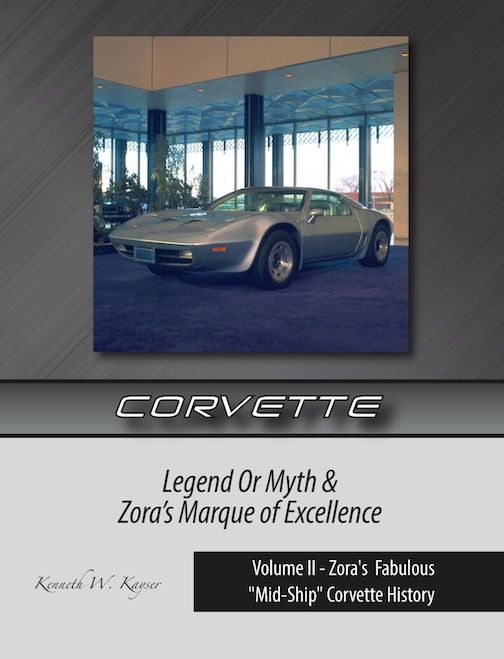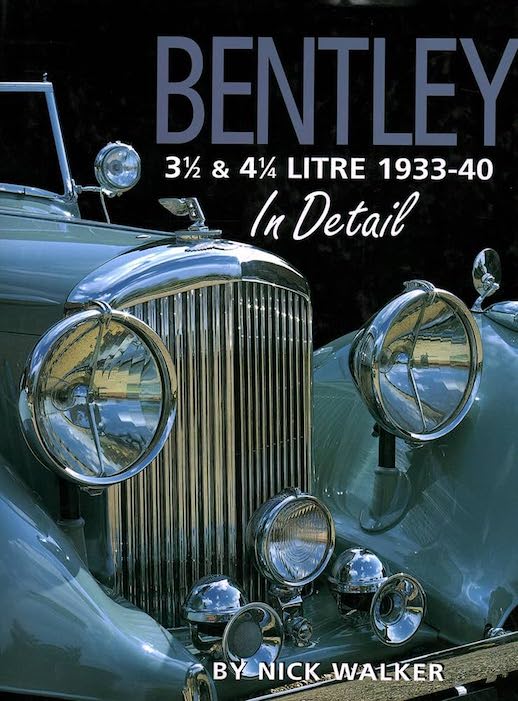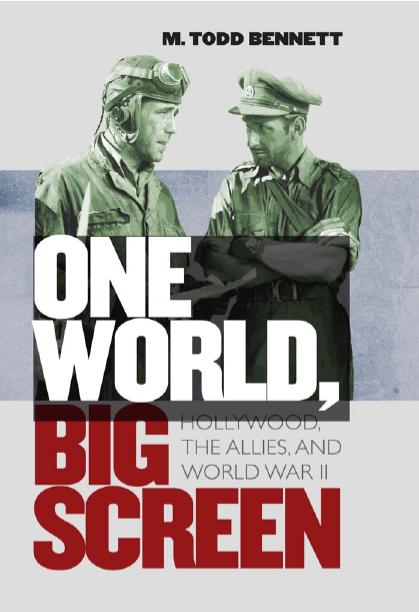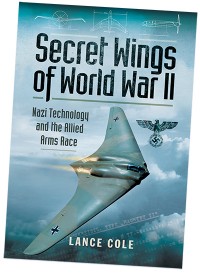American Gun: The True Story of the AR-15
 by Cameron McWhirter and Zusha Elinson
by Cameron McWhirter and Zusha Elinson
AR does not stand for “assault rifle” or “automatic rifle” but refers to its original manufacturer, the engineering company ArmaLite in Hollywood, CA, a division of Fairchild Engine and Airplane Corporation. It was developed to U.S. Continental Army Command (CONARC) specs as a strictly military weapon.
Once upon a time, one rarely laid eyes upon an AR-15 outside the military, where it became the M16. If you saw one, it was probably on TV. No civilian had one in the closet or carried one openly in the street outside a government building or in your neighborhood. Now, AR-15 clones seem to be everywhere. Of the roughly 434 million firearms floating around the United States, over twenty-odd million are AR-15 copies of some sort. No one seems to have an exact number, but there are a lot of them and they are very visible. In the space of a quarter century, their numbers have increased fiftyfold, a mind-boggling expansion of a rifle designed with a military purpose. And everything that made it good for that specific job made it good for all sorts of other things.
While handguns cause most of the deaths and injuries associated with firearms in the United States, it is the descendants of the AR-15 designed by Eugene Stoner in his garage back in the 1950s that is the Serious Bad Boy of American firearms and the one that the wannabees lust after. Look at a mass shooting in the United States in recent years and chances are an AR-15 clone was involved.
In American Gun: The True Story of the AR-15, Cameron McWhirter and Zusha Elinson, both reporters for The Wall Street Journal, strive to provide a biography of both the AR-15 and its creator, Eugene Stoner. This focus on Stoner and how he managed to design the AR-15 fills a void when it comes to the story of the AR-15. This is probably the first real look at Gene Stoner as, well, Gene Stoner, former Marine, a man constantly and even obsessively tinkering with ideas for inventions of all sorts. While there have been books about the development of the AR-15/M16 and its eventual adoption by the American military, Stoner the person is more often than not simply a footnote in the tale. This book adds a human dimension to the story that makes it a more-rounded narrative of the AR-15 and its history.
John Wayne, of course, makes an appearance in this tale: he was probably the first person outside the ArmaLite group to fire one. And, it was the Air Force, thanks to General Curtis LeMay, that first adopted the AR-15 into the American military as the M16. The authors provide a good review of the saga that the AR-15/M16 faced during its efforts to become the standard rifle for the Army. That it managed to do so also resulted in the problems it faced when initially fielded in large numbers by the American units in Viet-Nam. There were changes made that compromised the weapon that Stoner had designed. There is an excellent discussion in American Gun regarding the major problems that a change in the propellant in the cartridge made to the M16 (116-119). This was to have major consequences in combat and became one of the reasons that its performance left much to be desired by the troops using it.
It was somewhere in the second half of American Gun that I realized that I should have been keeping a listing of the times that AR-15-style rifles played a role in the mass shootings that seemed to parallel its rise in popularity and the accompanying increase in production. Yes, the authors make a point to suggest that they, as reporters, are just giving us the story of the AR-15, and of necessity they have to write about its role in the shootings at schools (Sandy Hook, Columbine, Parkland, Uvalde, as well Las Vegas, San Bernadino, Colorado Springs, Orlando, Nashville, Christchurch, and so on and on)—a very depressing account.
American Gun should share space on the bookshelf with other books such as The Social History of the Machine Gun by John Ellis (Johns Hopkins University Press, 1975) and The Gun by C.J. Chivers (Simon & Schuster, 2010), among others. The Chivers book is similar to American Gun in that it takes a look at the creator of the Avtomat Kalashnikova, Mikhail Timofeyevich Kalashnikov. Some might, as the authors suggest in a recent New York Times interview, look upon American Gun with “very partisan lenses.” Yet, they suggest that they tried to approach the story “as objectively as possible.” This is probably the best that could be hoped for in our current day.
Very much recommended.
Copyright 2023, Don Capps (speedreaders.info).


 RSS Feed - Comments
RSS Feed - Comments






































































 Phone / Mail / Email
Phone / Mail / Email RSS Feed
RSS Feed Facebook
Facebook Twitter
Twitter